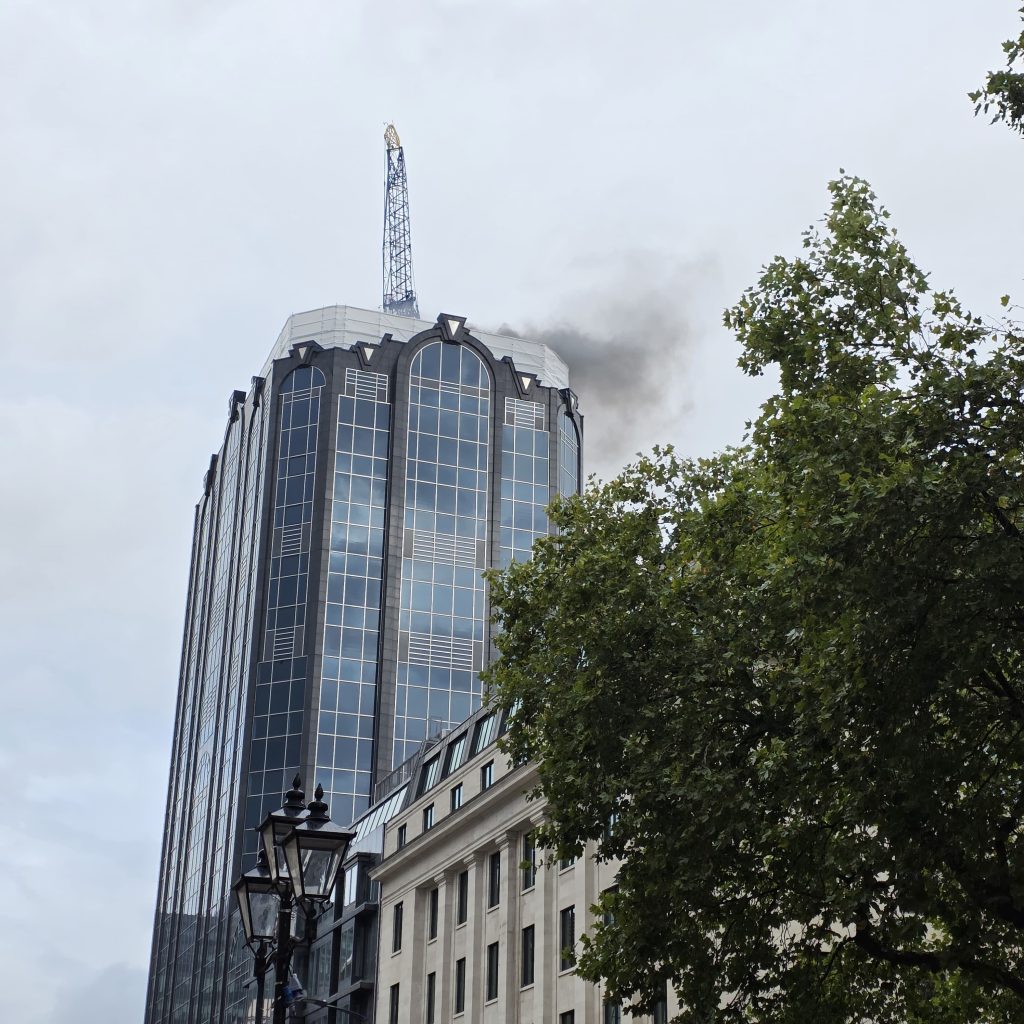
Recent news of a blaze at a Birmingham tower block under renovation serves as a stark reminder of what can go wrong when construction and fire safety practices don’t align. As specialists in fire risk and compliance, Prevention 1st believe this incident underlines serious gaps in how the construction industry approaches fire risk — and what needs to change.
What Happened & Why It Matters
While details are still emerging, the fire during renovation work at the Birmingham tower block highlights vulnerabilities that are common in construction and refurbishment projects:
- Temporary conditions (open structures, removed walls, exposed wiring) increase fire risk.
- Fire protection systems (alarms, compartmentation, signage) may be compromised or disabled during work.
- Fire loads (materials, debris, tools) may accumulate without proper control.
These factors combined can turn small ignition sources (welding, electrical faults, hot works) into major incidents.
The Gap Between Construction and Fire Safety
Despite regulatory frameworks, in many construction or renovation jobs, fire safety is treated as an afterthought rather than integrated from the start. Some of the main gaps we often observe:
| Issue | What Often Goes Wrong |
|---|---|
| Lack of early risk assessment | Construction health and safety risk assessments may not fully address fire risks. Fire risk often gets deferred or treated as secondary. |
| Disruption of safety features | Fire doors, alarm systems, compartment walls are sometimes removed or disabled and not reinstated correctly. |
| Inadequate oversight during high-risk tasks | Tasks like hot-works, welding, spray painting, and temporary electrical installations increase fire risk but are not always supervised dynamically. |
| Poor communication | Different subcontractors, shifts, and trades may not all be aware of fire safety protocols in changing site conditions. |
Regulatory Requirement: Fire Risk Assessment Under CDM
Under the UK’s Construction (Design and Management) Regulations (CDM) 2015, those who plan, design, manage, or carry out construction work have legal duties to:
-
Identify and eliminate or control risks, including fire risk, from the earliest possible stage.
-
Ensure someone is appointed to manage health, safety and—by extension—fire safety on site.
-
Coordinate between all duty holders and trades to ensure safety measures are maintained throughout the project.
A Construction Fire Risk Assessment must be done before high-risk building work begins, particularly when it involves demolition, structural changes, removal of fire-separating elements, or any work that compromises fire protection features.
The Importance of Dynamic Fire Safety Inspections During High-Risk Work
Static plans and assessments are necessary, but alone they are not enough. Construction sites are constantly changing. That’s where dynamic fire safety inspections become essential:
-
Frequent checks during hot-works (welding, cutting), spray painting, temporary electrical works, etc.
-
Monitoring of escape routes, fire doors, alarm systems, sprinklers during all phases of the build.
-
Ensuring fire extinguishers and fire-fighting equipment are correctly located, functional, and accessible.
-
On-site supervision/inspection at the start/end of each high-risk activity.
Dynamic inspections ensure that mitigation measures adapt to changes on site, not just at planning stage.
How Prevention 1st Helps Bridge the Gap
At Prevention 1st, we offer services designed to integrate fire safety properly into construction and refurbishment projects. Here are some ways we help:
-
Construction Fire Risk Assessments: From concept through to completion, working with principal contractors and designers to identify fire hazards early, and ensure designs include fire-safe measures.
-
Dynamic Site Inspections & Audits: Regular inspections during high risk stages, ensuring compliance, detecting issues before they escalate, and verifying that safety systems remain intact.
-
Fire Safety Training for Construction Teams: Empowering workers and supervisors with the knowledge of when and how fire safety must adjust as the site evolves.
-
Fire Safety Advisory & Compliance Support: Helping align construction health & safety plans with CDM, Approved Document B, and other relevant fire safety legislation and guidance.
What You Should Do Now
If you are involved in construction, refurbishment, or renovation (client, contractor, architect, or principal designer), start by:
-
Commissioning a construction fire risk assessment if you haven’t already.
-
Scheduling dynamic fire safety inspections during phases of high risk (hot works, structural changes, exposed systems).
-
Ensuring fire protection features (doors, alarms, sprinkler systems, escape routes) are not compromised, or if they must be interrupted, that temporary measures are robust.
-
Making sure all trades and subcontractors are aware of the fire safety strategy and what their responsibilities are.
